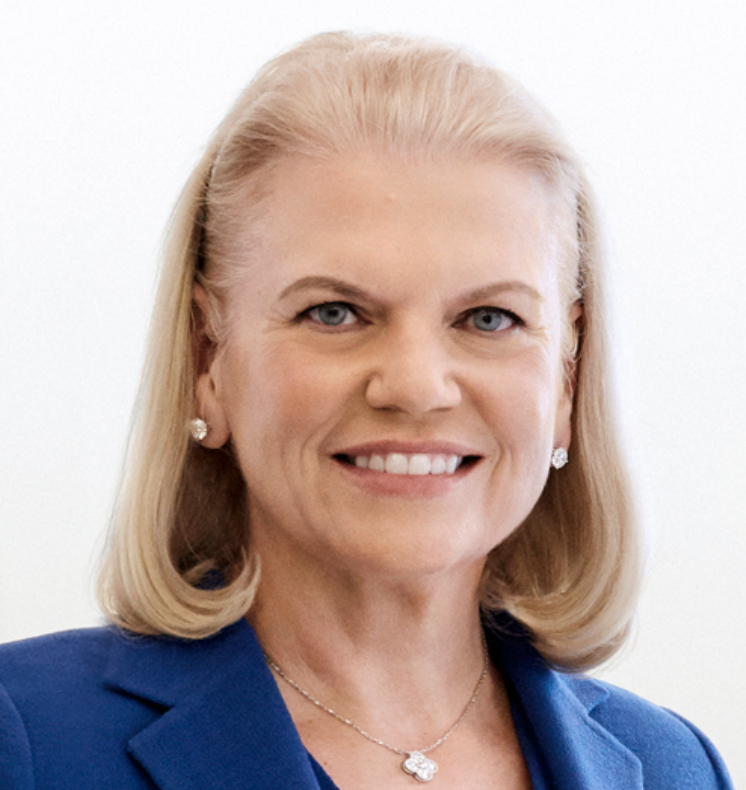IBM Posts Positive Earnings; ‘Strategic Imperatives’ Above 50% of Business

For IBM watchers at the advanced scale/HPC/open source/cloud/AI-related end of the technology industry, Big Blue’s release late yesterday of Q4 and 2018 earnings painted a positive picture around the company’s “strategic imperatives,” including IBM Cloud, POWER9 and its AI-related initiatives.
Wall Street loved the results: at this writing the stock was up nearly 8 percent on the day to $132 per share.
Having said that, Q4 revenue of $21.8 billion was down 3 percent (down 1 percent adjusted for currency), while the gross profit margin for the quarter was up 10 basis points, year-to-year.
For all of 2018, revenue of $79.6 billion was up 1 percent over the previous year, while net income was $8.7 billion, up 52 percent over 2017. Revenues from strategic imperatives totaled just under $40 billion, up 9 percent for the year, while cloud revenue came to $19.2 billion, up 12 percent.
"In 2018 we returned to full-year revenue growth, reflecting growing demand for our services and leadership solutions in hybrid cloud, AI, analytics and security," said Ginni Rometty, IBM (NYSE: IBM) chairman, president and chief executive officer. "Major clients worldwide, such as BNP Paribas (BNPQY), are turning to the IBM Cloud and our unmatched industry expertise to transform their businesses and drive innovation."
During a conference call with financial analysts, IBM SVP and CFO James Kavanaugh highlighted the company’s highlighted progress in its strategic technologies, noting that cloud-delivered-as-a-service revenues of more than $12 billion, up 21 percent over 2017.
“This is a solid base of cloud and cognitive capabilities, and we’re continuing to deliver innovation in these high value areas,” Kavanaugh said. “For example, in the fourth quarter we introduced AI OpenScale, a platform to manage the lifecycle of all forms of AI models, and Multicloud Manager, a service to deploy and manage complete applications, in any cloud environment.
He also noted the successful installation of POWER9-based systems (named the two most powerful supercomputers in the world) at two U.S. Department of Energy national laboratories along with what he said is the world’s first commercial quantum computer available on the IBM Cloud, which “ExxonMobil is already using it to help address its most complex business challenges, such as energy exploration and chemicals manufacturing.”
“From my perspective, we enter 2019 with a much improved business profile in terms of, one, driving operating leverage…,” he said, “and two…, our strategic imperatives right now, the high value emerging segments in the IT industry, are now consistently over 50 percent of IBM's business.”
IBM executives also took the opportunity to portray the company’s pending acquisition of open source trailblazer Red Hat as positioning it to lead the hybrid cloud segment.
“When you look at Red Hat, for the first time ever Linux has surpassed Microsoft [Windows] on operating systems, both on the on-prem side and in the cloud,” IBM CIO James Kavanaugh told CNBC after the company’s earnings call on Tuesday.
The Red Hat acquisition, which IBM expects to close in the second half of this year, means “we own the starting point and we now own the destination point,” Kavanaugh added.
Technology industry analyst Patrick Moorhead, president and principal analyst at Moor Insights & Strategy, had a mixed response to the announcement.
“I was happy to see IBM’s improved earnings, but I’m still concerned about its revenue declines,” he said. “I was the happiest to see that POWER Systems was continuing its revenue gains and I believe its big national labs wins and enterprise customers performing ML and DL are starting to kick in.”











